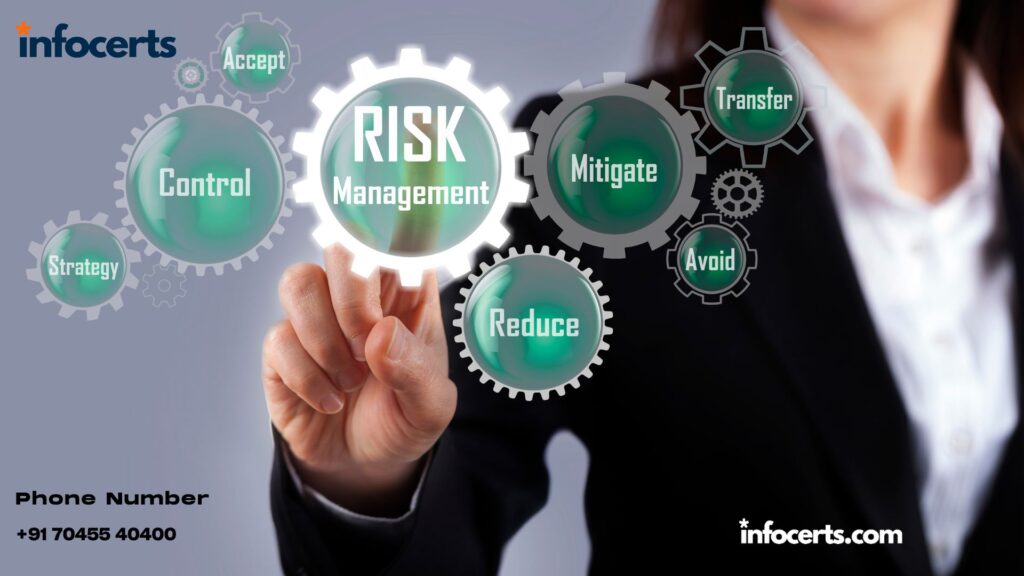In the world of business, uncertainty is a constant companion. From economic fluctuations to unexpected market shifts, there are countless factors that can impact the success and stability of a company. Just as we buckle up when we get into a car, Legal and Regulatory Risks businesses need to implement Risk Management strategies to protect themselves from potential hazards on the road to success.
Understanding Risk Management
At its core, risk management is the process of identifying, assessing, and prioritizing risks followed by coordinated efforts to minimize, monitor, and control the impact of these risks. Much like wearing a seatbelt in a car, risk management is about taking proactive measures to mitigate potential harm before it occurs.
Identifying Risks
The first step in effective risk management is identifying potential threats to the business. These risks can come in various forms, including financial risks, operational risks, market risks, legal and regulatory risks, and even reputational risks. By conducting thorough risk assessments, businesses can pinpoint areas of vulnerability and develop strategies to address them.
Assessing and Prioritizing Risks
Once risks have been identified, they need to be assessed in terms of their likelihood and potential impact. Not all risks are created equal, and some may pose a greater threat to the business than others. By prioritizing risks based on their severity, businesses can allocate resources more effectively and focus their efforts on mitigating the most significant threats.
Mitigation Strategies
With a clear understanding of the risks they face, businesses can then develop and implement mitigation strategies to minimize their exposure. This may involve taking preventative measures, such as implementing internal controls and safeguards, diversifying investments, or purchasing insurance coverage. Additionally, businesses can develop contingency plans to address potential risks if they do materialize, allowing them to respond swiftly and effectively.
Monitoring and Adaptation
Risk management is not a one-time activity but an ongoing process that requires continuous monitoring and adaptation. As the business landscape evolves, new risks may emerge, while existing risks may change in nature or magnitude. By regularly reassessing risks and adjusting mitigation strategies accordingly, businesses can stay ahead of potential threats and ensure their long-term resilience.
Conclusion
In today’s unpredictable business environment, risk management is not a luxury but a necessity. Much like wearing a seatbelt in a car, it provides a layer of protection against unforeseen dangers and helps businesses navigate the road to success with greater confidence and security. By understanding the importance of risk management and implementing proactive strategies to address potential threats, businesses can minimize their exposure to risk and maximize their chances of achieving their goals. To know more visit infocerts.com
FaQs:
- What is risk management, and why is it important for businesses?
- What are the common types of risks businesses face?
- How do businesses identify and assess risks?
- What strategies can businesses use to mitigate risks?
- What are the benefits of effective risk management for businesses?
——————————————————————————————————————–
Infocerts, 5B 306 Riverside Greens, Panvel, Raigad 410206 Maharashtra, India
Contact us – https://www.infocerts.com

